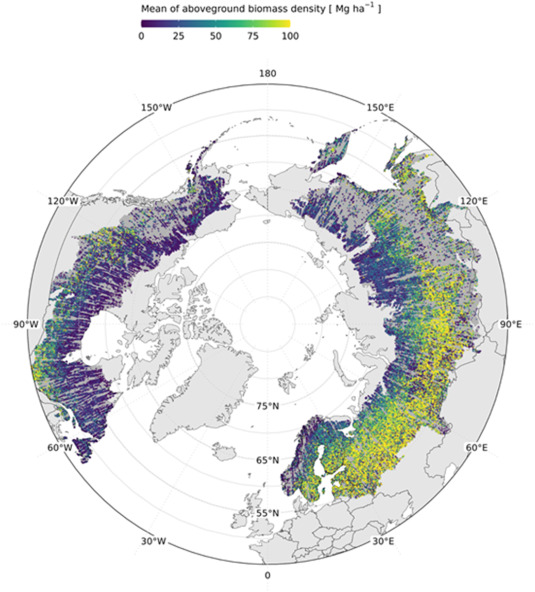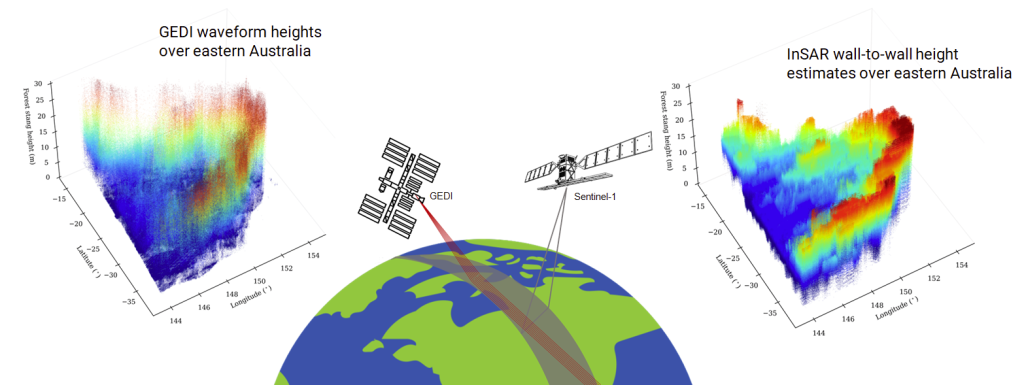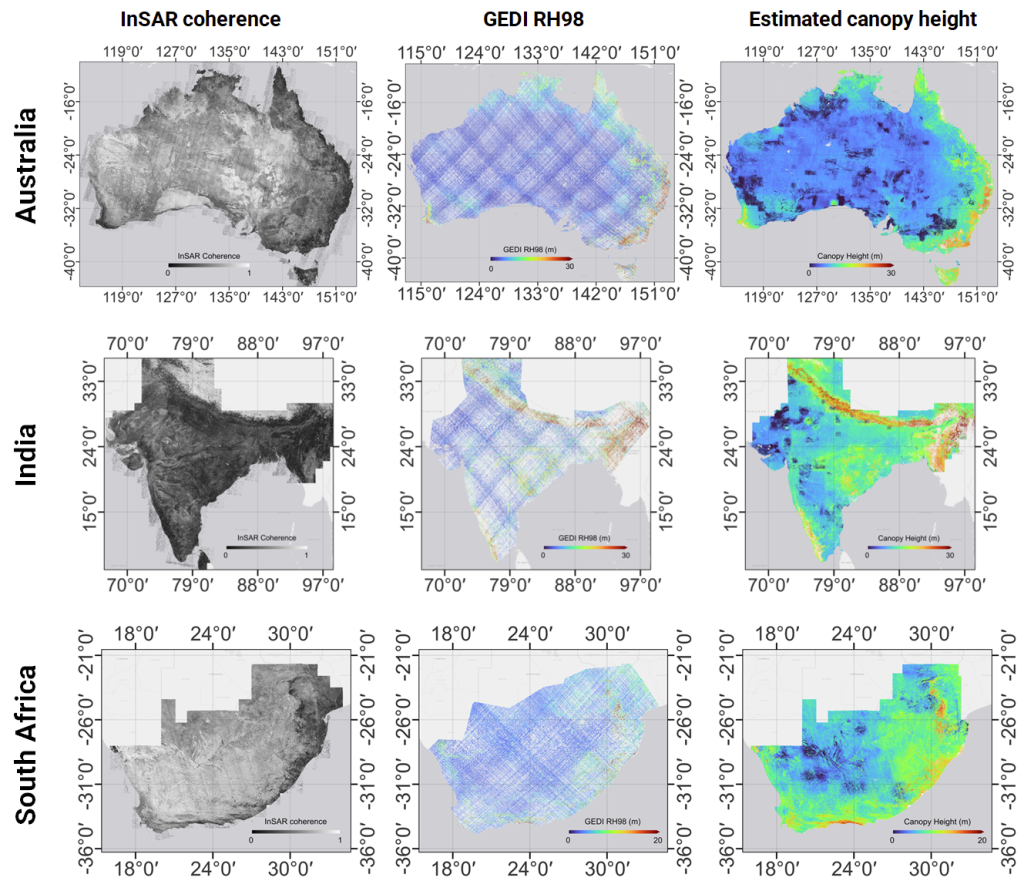
Space-based laser altimetry has revolutionized our capacity to characterize terrestrial ecosystems through the direct observation of vegetation structure and the terrain beneath it. Data from NASA’s ICESat-2 mission provide the first comprehensive look at canopy structure for boreal forests from space-based lidar. The objective of this research was to create ICESat-2 aboveground biomass density (AGBD) models for the global entirety of boreal forests at a 30 m spatial resolution and apply those models to ICESat-2 data from the 2019–2021 period. Although limited in dense canopy, ICESat-2 is the only space-based laser altimeter capable of mapping vegetation in northern latitudes. Along each ICESat-2 orbit track, ground and vegetation height is captured with additional modeling required to characterize biomass. By implementing a similar methodology of estimating AGBD as GEDI, ICESat-2 AGBD estimates can complement GEDI’s estimates for a full global accounting of aboveground carbon. Using a suite of field measurements with contemporaneous airborne lidar data over boreal forests, ICESat-2 photons were simulated over many field sites and the impact of two methods of computing relative height (RH) metrics on AGBD at a 30 m along-track spatial resolution were tested; with and without ground photons. AGBD models were developed specifically for ICESat-2 segments having land cover as either Evergreen Needleleaf or Deciduous Broadleaf Trees, whereas a generalized boreal-wide AGBD model was developed for ICESat-2 segments whose land cover was neither. Applying our AGBD models to a set of over 19 million ICESat-2 observations yielded a 30 m along-track AGBD product for the pan-boreal. The ability demonstrated herein to calculate ICESat-2 biomass estimates at a 30 m spatial resolution provides the scientific underpinning for a full, spatially explicit, global accounting of aboveground biomass.
Reference: https://www.sciencedirect.com/science/article/pii/S2666017224000348



